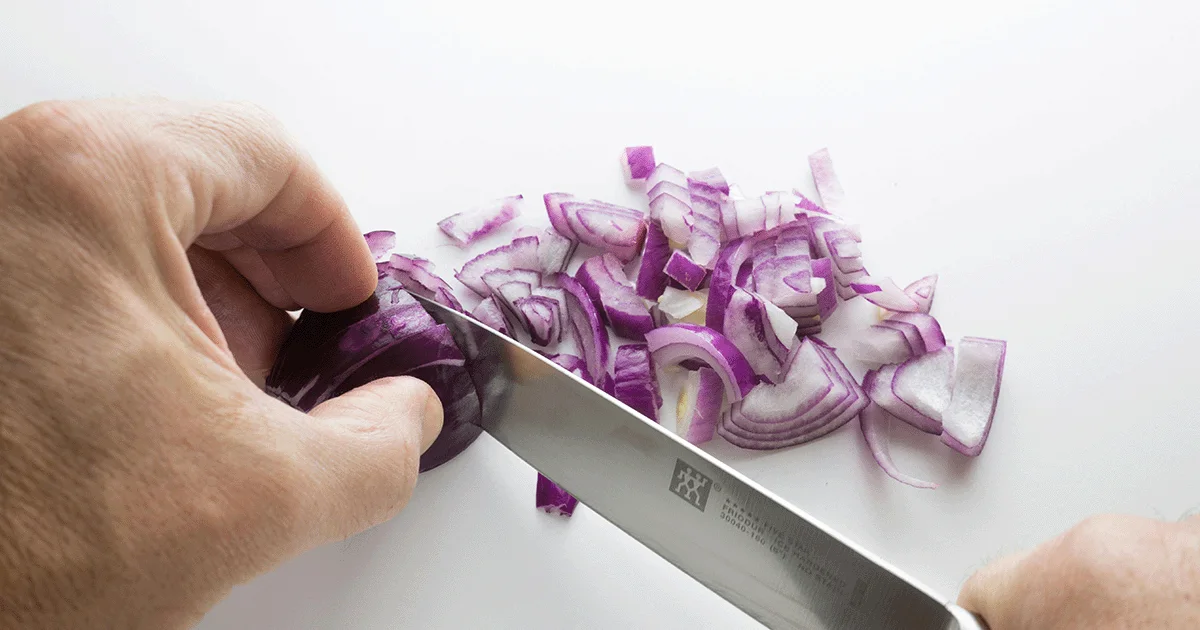Here's what we'll cover
Here's what we'll cover
If you’ve ever cut yourself while trying to shave your knee caps, you understand why shaving “down there” can be intimidating. After all, you’re dealing with much more sensitive skin in a much more sensitive area. But there’s no need to fret. When it comes to learning how to shave down there, we’ve got you covered.
Below, we’ll walk you through how to shave your pubic hair and how to avoid razor burn and those pesky ingrown hairs. So, sit back, get comfortable—and let’s dive in.
How to shave down there
If you want to learn the ins and outs of shaving down there, the first thing to consider is whether you actually want to. If you don’t want to shave down there, you don’t have to. It’s simply a matter of personal preference.
Grooming trends come and go, and what’s considered “normal” can depend on your culture, age, and more. Ultimately, you get to decide what you want to do with your hair; if that’s shaving—great! Let’s learn how to do it safely.
At first glance, the process below may seem like overkill. And while cutting corners may save you time now, skipping steps can lead to irritation, cuts, razor burn, and ingrown hairs. Each step has a purpose, and it’s worth taking the time to follow them all.
Trim excess hair
Your hair will be easier to shave if it’s short. Take a couple of minutes to remove excess hair from your pubic area with an electric razor, trimmer, or small pair of scissors. You’re aiming to get it down to a few centimeters long.
Exfoliate the skin
This may be the step you most want to skip, but keeping it in your routine can save discomfort later. Use a washcloth, loofah, or gentle, unscented product to exfoliate the skin around the hairs you plan to shave. Doing so can help prevent ingrown hairs by removing dead skin cells that could otherwise get stuck in your hair follicles. Just make sure you’re not rubbing too hard, or you’ll cause more irritation.
Apply shaving cream
Shaving cream or shave gel helps your razor glide over the skin more easily. This lubrication can help prevent you from pressing down too hard with the razor, leading to irritation and even cuts.
Shave in the direction the hair grows
This step is essentially another round of trimming the hair. When you shave in the direction of hair growth, you’ll cut the hair down closer to your skin. This is all that’s needed to get a smooth shave for some people.
If you need a second pass, you can now shave against how the hair grows because the hair is much shorter, and irritation is less likely. Make sure you're using a sharp razor and rinsing it between each pass. Shaving cream can also be a visual reminder to rinse your razor since it will pull away with the hair as you shave.
You can gently pull your skin taut for a closer shave if you need to. Just be careful not to pull your skin too tight because it can increase your risk of cuts.
Rinse
Rinse the area you’ve shaved to remove all trimmed hairs and shaving cream residue. Pat the area dry instead of rubbing to avoid irritating the skin.
Apply moisturizer
Your skin may be dry from shaving, so applying moisturizer post-shave is crucial to hydrate the skin and prevent irritation. Try to find a fragrance-free lotion since many fragrances are considered allergens and can cause skin irritation (Chen, 2021).
Tips for preventing razor burn and ingrown hairs
Irritation and even injury from removing hair down there are common. One study that surveyed women on their hair removal habits found that 60% of them experienced at least one complication from the practice (DeMaria, 2014). But you can reduce the chances of uncomfortable side effects by following the steps above for shaving correctly and using the below strategies for minimizing irritation.
Save shaving for last
Hair follicles soften in warm water, which can make shaving easier. You may want to get shaving out of the way, but your skin is better off if you save it for the end of your shower.
Switch your razors often
To prevent skin irritation like ingrown hairs, the American Academy of Dermatology recommends that you swap out your razor every 5 to 7 uses (AAD, n.d.).
Have separate razors
Keeping a separate razor for grooming down there is one way to ensure your razor is sharp and less likely to cause irritation. If you’re using the same razor for every area, make sure you’re swapping them out often and start with your pubic hair to make sure this sensitive area gets your razor at its sharpest.
Avoid dry shaving
“Dry shaving” is when you shave without using water or shaving cream, and it’s best to avoid it—especially when shaving down there. Why? Water softens hair follicles, making the hairs easier to shave. Additionally, water and shaving cream act as a lubricant that helps your razor glide over your skin. You don’t have any of these things when you dry shave, which is why it’s more likely you’ll experience razor burn, ingrown hairs, nicks, and cuts.
Choose the right moisturizer
You already know that many personal care products have fragrances that are considered allergens (Chen, 2021). If possible, find a moisturizer without harsh ingredients like fragrances or alcohol and one that contains soothing ingredients like aloe vera and colloidal oatmeal.
Products labeled “aftershave” sound like they’re specifically created for this, but they’re something completely different. Many contain alcohol, which can sting, dry out skin, and cause irritation.
Wear breathable underwear after shaving
If possible, reach for 100% cotton underwear that isn't tight around the legs. Cotton is more breathable than other materials like lace and polyester, which may help your skin recover from shaving. Tight leg openings can rub against your newly-shaved skin, leading to ingrown hairs.
Shaving vs. waxing
You may be wondering if waxing down there is easier than this six-step shaving process. Unfortunately, there’s no one-size-fits-all answer.
Shaving removes the part of the hair that has grown above your skin. Waxing removes the entire hair, including what’s underneath the skin. For that reason, waxing can leave you with smooth skin for longer because the hair has to grow back completely—not just past the skin again.
Waxing may also cause less irritation, especially when done by a professional. There’s no risk of cuts or razor bumps, and professionals know best practices for avoiding irritation.
But waxing does have trade-offs. Professional waxing sessions are much more expensive than shaving your legs at home. How expensive it is depends on where you are, the place you go, and how much of your pubic area you get waxed. (A bikini wax, for example, will be less expensive than a Brazilian, which may remove all hair.) There are at-home waxing kits, but you’ll also need to learn how to use them and factor in extra time to allow the wax to heat up before you start.
The primary benefit of shaving is convenience. You can shave any time you like, and you can shave stubble or wait to shave until your hair is longer (as long as you go back to the steps above and trim before you shave your pubic hair). With waxing, you’ll need to wait until your hair is one-quarter-inch long so that the wax has something to hold onto.
Each of these hair removal methods works better for some people than others, and there’s no wrong choice as long as what you pick fits your needs, budget, and schedule.
Remember, shaving down there is a personal decision. Take your time if you really want to figure out how to shave down there, and start on a day that you have plenty of time and don’t need to rush. You can also start by shaving a small area, like only shaving your bikini line, and expand how much you shave (if you want to) as you get more comfortable with the process.
DISCLAIMER
If you have any medical questions or concerns, please talk to your healthcare provider. The articles on Health Guide are underpinned by peer-reviewed research and information drawn from medical societies and governmental agencies. However, they are not a substitute for professional medical advice, diagnosis, or treatment.
American Academy of Dermatology (AAD). (n.d.). Hair removal: How to shave . American Academy of Dermatology. Retrieved Feb. 5, 2022 from https://www.aad.org/public/everyday-care/skin-care-basics/hair/how-to-shave
Chen, J., Yi, Z., Sun, R., Ning, W., Zhou, C., Tian, Z., et al. (2021). Analysis of fragrance allergens in personal care products, toys, and water samples: A Review. Journal of AOAC INTERNATIONAL . doi: 10.1093/jaoacint/qsab156. Retrieved from https://academic.oup.com/jaoac/advance-article-abstract/doi/10.1093/jaoacint/qsab156/6482745
DeMaria, A. L., Flores, M., Hirth, J. M., & Berenson, A. B. (2014). Complications related to pubic hair removal. American Journal of Obstetrics and Gynecology , 210 (6), 713–714. doi: 10.1016/j.ajog.2014.01.036. Retrieved from https://www.sciencedirect.com/science/article/abs/pii/S0002937814000659












